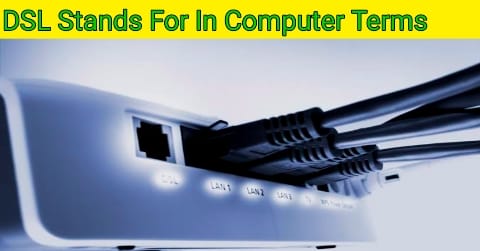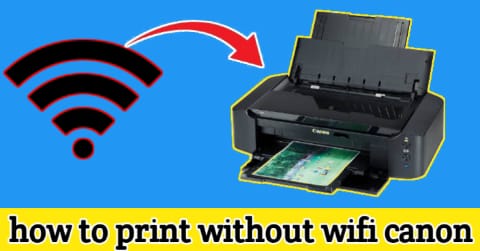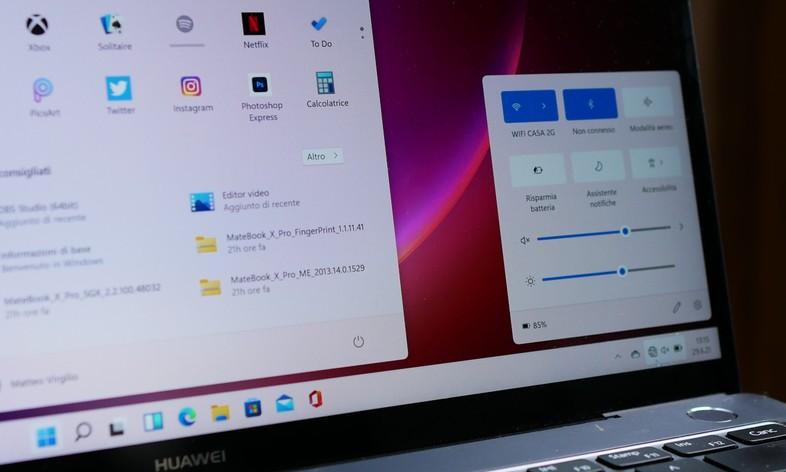In the mid-1980s, personal computing jumped out of command line and text mode to desktops: we all know, for example, that MS-DOS released its Windows back then, a product so successful that it would end up cannibalizing its original operating system.
But things could have been very different: the majority graphical interface of DOS users it may not have been Windows, but a desktop called GEM. We tell you what happened to him…
GEM, son of Xerox, brother of Lisa
The graphical computer interface (windows, pointers, icons, menus…) was born in the Xerox-PARC laboratories in the early 1970s. However, whether it was because the market was not ready for it, or because of Xerox’s lack of commercial vision, Steve Jobs had to arrive (whom Xerox had invited to their facilities) to copy it, popularize it and get rich.
But Jobs was not the only one who exported the idea from Xerox-PARC: Lee Jay Lorenzen, had left these laboratories to sign for Digital Research and develop GSX (Graphics System Extension), a library released in 1984 for CP/M-80 and CP/M-86 (later also ported to MS-DOS) that made it easy to add graphics capabilities to software.
DR-Draw, a Digital Research program based on their GSX library.
But as they prepared to launch GSX, Digital Research realized that it could use this library to launch its own graphical interface on the marketone that was inspired by the general idea developed by Xerox, just as Apple was already doing at that time (Apple Lisa had also been launched on the market in 1984).
Contrary to them, Digital Research had no intention of developing the rest of the operating system as well: their idea went through provide a ‘desktop’ created by third parties to the most popular operating system of the moment: DOS (a category that includes both Microsoft’s MS-DOS and other systems derived from it).
And it is that Until now, DOS lacked a graphical interface., depending solely on the command line. Being responsible for transporting its extensive user base to interface computing, which was already emerging as the future of the sector, could guarantee Digital Research (DR, hereinafter) substantial income.
So DR decided to develop GEM Desktop (de ‘Graphics Environment Manager’) and present it at the COMDEX (‘COMputer Dealers EXhibition’) in November 1984. The first version (also known as GEM/1) would go on the market three months later, already in 1985.

GEM/1.
As you can see in the screenshots, the basic elements of your daily use graphical interface were already there: the Desktop icons (including the Recycle Bin), the File Explorer, the menu bar… even the animations when opening and closing windows.
It included a standard word processor, GEM Write, which was nothing more than a modified version of IBM’s Volkswriter (in addition to this proto-WordPad, the GEM ecosystem also included GEM Paint, although it was sold separately). Later, the third version of GEM, GEM XM, would add functionalities like the Clipboardwhich made life much easier for everyone who had to work in front of a PC.
Litigation with Apple and brief success
How did the market receive GEM Desktop? Well, its launch meant the immediate presentation of a lawsuit by Apple, which accused DR of plagiarizing the ‘look&feel’ of Apple Lisa (although both were inspired by Xerox Alto).
The ensuing legal battle forced DR to change elements of GEM’s interface to please Apple: among many other things, it had to change icons, suppress window opening and closing animations, and force windows to not be able to move, resize or overlap each other.
Despite these setbacks, for a time success smiled on GEM Desktop: not only did it triumph in Europe by being included pre-installed on the first—and popular—Amstrad PCs with MS-DOS (PC-1512 and PC-1640), but Atari licensed gem for include it as a basic component of your Atari TOS operating system (actually GEM Desktop + an MS-DOS clone developed by DR).
Curiously, Apple’s lawyers ignored this version of GEMwhich was able to keep all the aforementioned features.

GEM version for one of the latest ATARI TOS releases.
Windows arrives, GEM dies (and is reborn as free software)
But by the end of 1985, the developers of MS-DOS had released their own graphical interface for the operating system: MS Windows 1.0.1. Soon after, MS Windows 2.0 would arrive, which generated its own legal battle with Macintosh, which soon began to remove developers and users.
¿Y GEM? Little had to do before a graphical interface created specifically by the creators of MS-DOS for MS-DOSgiving it a streamlined integration with the operating system.
With Windows 2.0 progressively increasing its user share, by 1988 GEM had been practically expelled from the market (aside from its use on Atari computers) and, despite several attempts to refocus its development, this would be canceled in 1991, after the sale of DR to Novellwhich immediately resold the rights to GEM and its derivative projects to another company, Caldera.
boiler would end releasing GEM Desktop code under GNU licensegiving rise to the birth of FreeGEM and OpenGEM. The latter still receives updates from time to time (the last in 2018) thanks to the support from the FreeDOS project, the free clone of MS-DOS (of course, it is also compatible with the latter).




